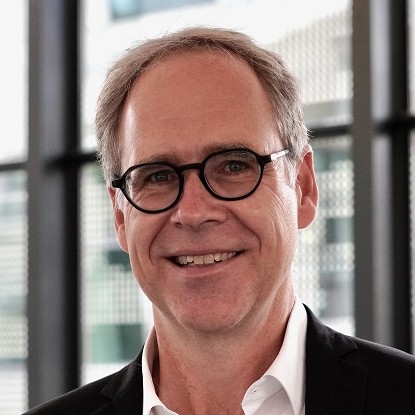Dr Arnab Roy
Age: 31
My research areas: Incompressible and compressible fluids, fluid-structure interaction, control of partial differential equations
Research period at the TU Darmstadt: October 2022 to September 2024
Programme: Humboldt Research Fellowship for for postdoctoral and experienced researchers
My field of research is fascinating. The best way to explain it to non-specialists is…
My primary research involvements are towards understanding certain classes of partial differential equations, describing mainly fluid motion and fluid-structure interaction (FSI) models. FSI models arise from many different areas of applications. The mathematical understanding of such models is very challenging due to the involvement of strong nonlinearities and the presence of moving boundaries. The fluid part is often modeled by the equations of Navier-Stokes and the structure can be a rigid, elastic or poro-elastic one.
What research questions are you currently working on?
My research concerns fluid structure problems, where the fluid is described by a viscous, incompressible fluid and the material is of porous/a poroelastic nature. The latter is described by Darcy's law or by Biot’s equations. The forces interacting between the two phases give rise to moving interfaces. We plan to derive interface conditions for these moving domains, similarly to the Beaver-Joseph condition, which then would allow to prove well-posedness results in the situation of moving interfaces. In addition, we consider FSI models for liquid crystals described by the Ericksen-Leslie equations.
My most important success in research to date is…
Local existence and uniqueness results of strong solutions for fluid-structure interaction systems were established recently, where the fluid is governed by a compressible fluid in a cube and an elastic structure is on a part of the boundary of the cube. The mathematical description of the interaction between a purely elastic structure on the boundary and a viscous fluid with “no regularity loss" is in fact a very challenging task. Together with colleagues, we have succeeded in solving this problem for the situation of compressible fluid-elastic structures.
I became a researcher because…
I like to gather knowledge and explore the unknowns. The perfect blend of imagination and logical rationality of mathematics attracts me a lot.
I have chosen TU Darmstadt because…
TU Darmstadt has a very strong analysis group with a special emphasis on partial differential equations. My host, Professor Matthias Hieber, is a world renowned expert in evolution equations and fluid dynamics. In this Humboldt project on fluid structure interaction of complex fluids and complex material, our goal is to combine the local expertise on complex fluids with my knowledge on fluid-structure interaction. This research stay enables me to have many engaging discussions on questions related to fluid-structure interactions.
What reputation does German research enjoy in your home country?
German research has an excellent reputation in India and we have developed strong collaboration with German research organisations and universities.
Questionnaire for the host
Guest of: Professor Dr Matthias Hieber
Department: Department of Mathematics
What did you appreciate most about your guest, or what is it that impressed you most favorably…
I am very much impressed by two things: his mathematical achievements and the way he integrated in our group. On the one hand, his research concerns mathematically very challenging topics in fluid-structure interaction and shows a wide breadth of expertise and real mathematical depth. He already gained a fascinating research profile through several research stays at different institutions in Europe and I’m thus very happy that Dr. Roy decided to continue his research at the Department of Mathematics at TU Darmstadt. Furthermore, he integrated himself fully into our group right away.
You, your team, and TU Darmstadt benefit from your guest’s stay…
The stay of Dr. Arnab Roy brings several benefits to our research group. In fact, the whole group profits from his expertise in mathematical fluid dynamics. A big surplus is his profound knowledge in the mathematical theory of fluid-structure interaction problems and its applications, e.g., to poroelastic materials or liquid crystals. His international background, congenial personality and charming character triggers a stimulus for new ideas and approaches in mathematical fluid dynamics.



